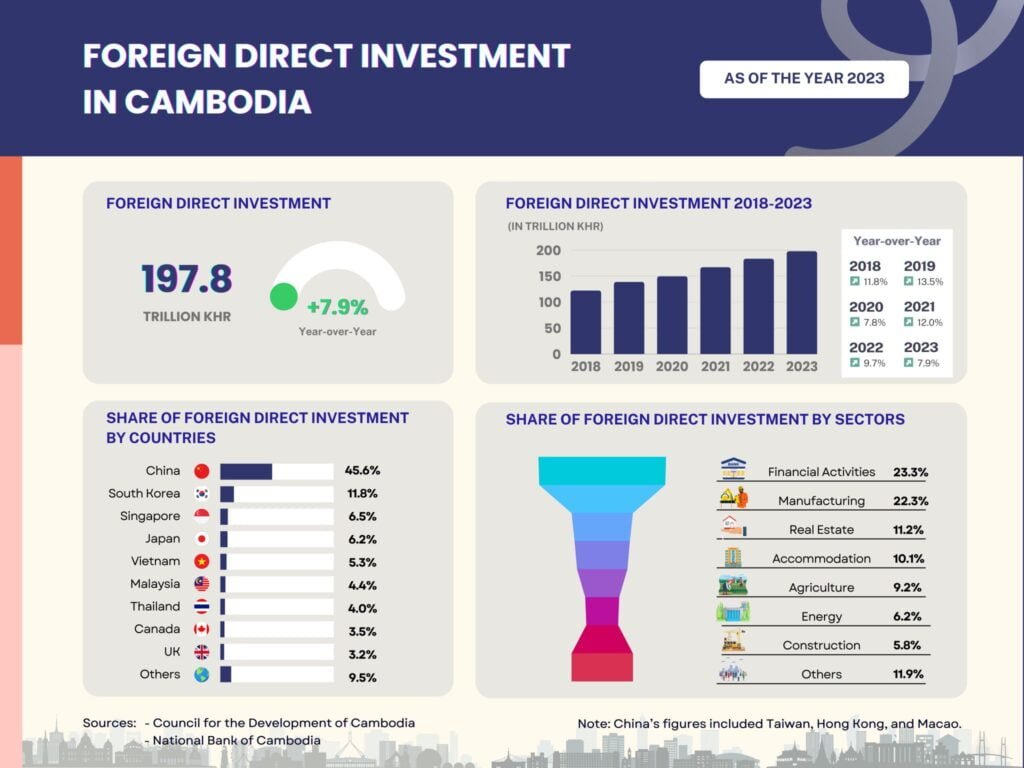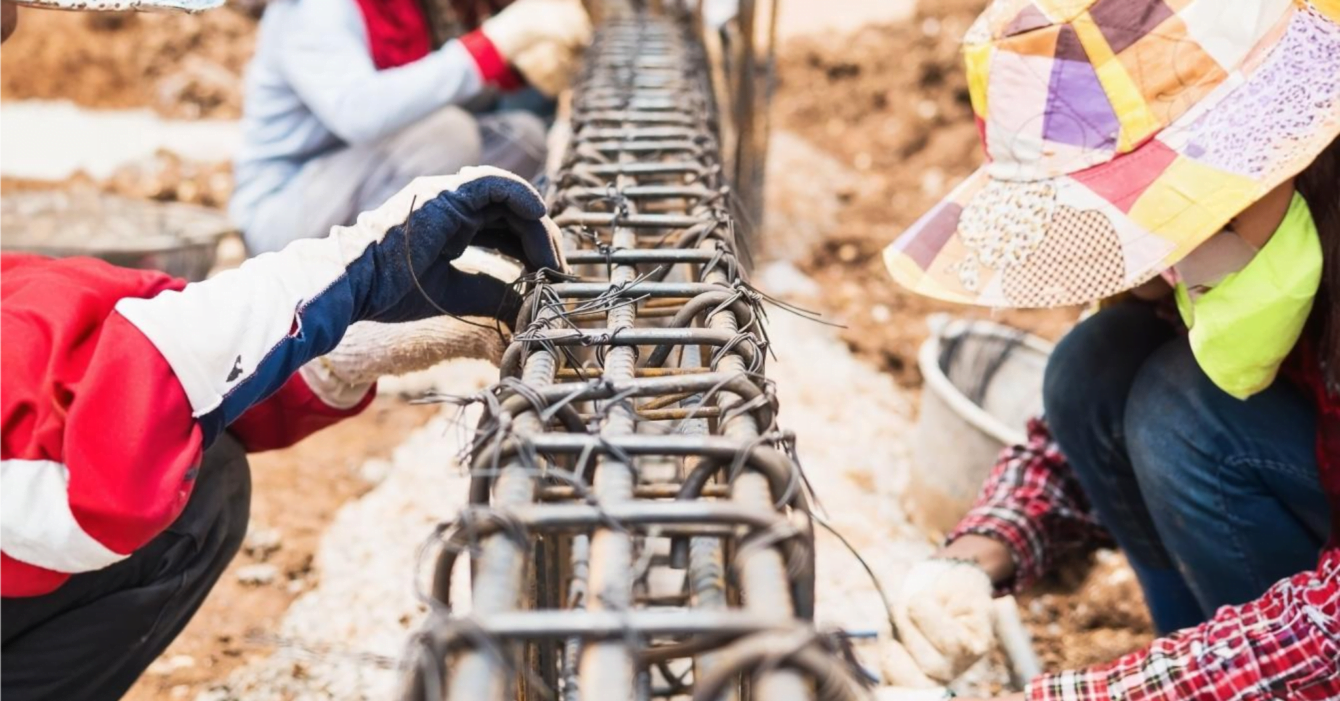Foreign Investment in Cambodian Construction has played a crucial role in shaping the sector. Over the past few years, the industry has experienced rapid growth, with foreign companies and international organizations driving many of the developments. From infrastructure to real estate, foreign investment is transforming Cambodia’s construction landscape, creating jobs and boosting the economy.
Let’s find out more about the role of foreign investment below!
Inflow of Foreign Investment in Cambodian Construction
In the first half of 2022 alone, Cambodia attracted more than USD 1.2 billion in foreign investments, leading to the start of around 2,000 new construction projects. Of these projects, over 1,000 were based in the capital city of Phnom Penh, the country’s economic heart. These numbers highlight foreign capital’s crucial role in propelling the construction sector forward.

International investors are drawn to Cambodia because of its strategic location, connecting it with Thailand, Vietnam, and China. The country’s growing urban population and rising demand for infrastructure have also made it a hot spot for construction investments. With more foreign capital pouring in, the sector is set to grow even further.
Key International Partnerships
Chinese companies have been among the most active Foreign Investment in Cambodian Construction industry. Much of their involvement comes under the Belt and Road Initiative (BRI), which aims to enhance infrastructure connectivity across Asia. Key projects include the Phnom Penh to Preah Sihanouk Expressway and the Sihanoukville Special Economic Zone (SSEZ). These large-scale initiatives not only improve Cambodia’s infrastructure but also create long-term opportunities for the construction industry.
In addition to Chinese investments, international organizations are also playing a vital role. In November 2021, the Asian Development Bank (ADB) provided USD 180 million to Cambodia to help improve urban infrastructure in cities like Bavet, Kampot, and Poipet. This loan is critical in supporting Cambodia’s urban development and making its cities more sustainable.
Driving Factors Behind Foreign Investment
Several factors make Cambodia an attractive destination for foreign construction investment. Its membership in the Association of Southeast Asian Nations (ASEAN) opens up a broader regional market. Its close proximity to China, the world’s second-largest economy, gives it a unique edge as well. The country’s growing population and demand for housing and infrastructure also add to its appeal.
The US-China trade war has indirectly benefited Cambodia, especially in the garment manufacturing sector. The said sector saw exports increase by 98% in 2019. This boom in manufacturing has led to higher demand for factory construction, housing for workers, and better infrastructure to support these industries.
Challenges and Opportunities
The construction industry, like many others, was affected by the COVID-19 pandemic, causing growth to slow down. GlobalData reported that Cambodia’s construction growth fell to 4.9% in 2020, down from the earlier forecast of 9.7%. However, there is optimism that the sector will recover as foreign investments and government infrastructure projects ramp up under the National Strategic Development Plan 2019-2023.
The pandemic has also created opportunities, as governments and businesses worldwide are now more focused on building sustainable and resilient infrastructure. With Cambodia’s growing urban population, there is significant demand for modern housing, roads, and energy infrastructure, all of which present new opportunities for foreign investors.
Foreign Investment in Cambodian Construction continues to be a driving force in shaping the industry. With billions of dollars pouring in, new projects are springing up across the country, improving infrastructure and creating job opportunities. International partnerships, particularly with China and the Asian Development Bank, are central to this transformation. Though the pandemic slowed progress, the sector is poised for recovery.
